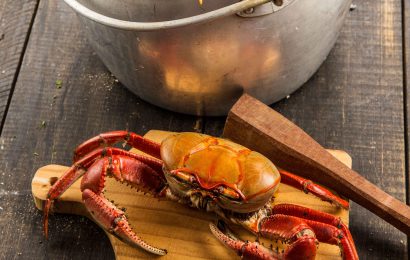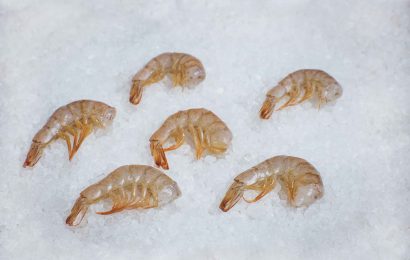Genipa americana L.
Native to the Amazon, the jenipapo tree spread throughout the Midwest and Northeast regions of Brazil, where the fruit’s sour and juicy pulp is eaten fresh or used to prepare juices, compotes, jams and candied sweets. Mashed with sugar and refrigerated is called jenipapada. Other names in English include huito, genipap and jagua. Cooked and combined with honey and cachaça, it becomes a liqueur omnipresent at the St. John’s festivities in Bahia. Also in the northeast, a cough syrup known as lambedor (literally “licker”) combines the fruit with honey and lemon. From Tupi origins, the word jenipapo means “fruit used to paint”, in reference to the oxidation process taking place in the cut fruit when it is not ripe. According to Brazilian writer Luís da Câmara Cascudo, in História da alimentação no Brasil (History of Food in Brazil), “the native Indians painted themselves with janipapo blackish-blue pulp, resistant to baths for days.”



